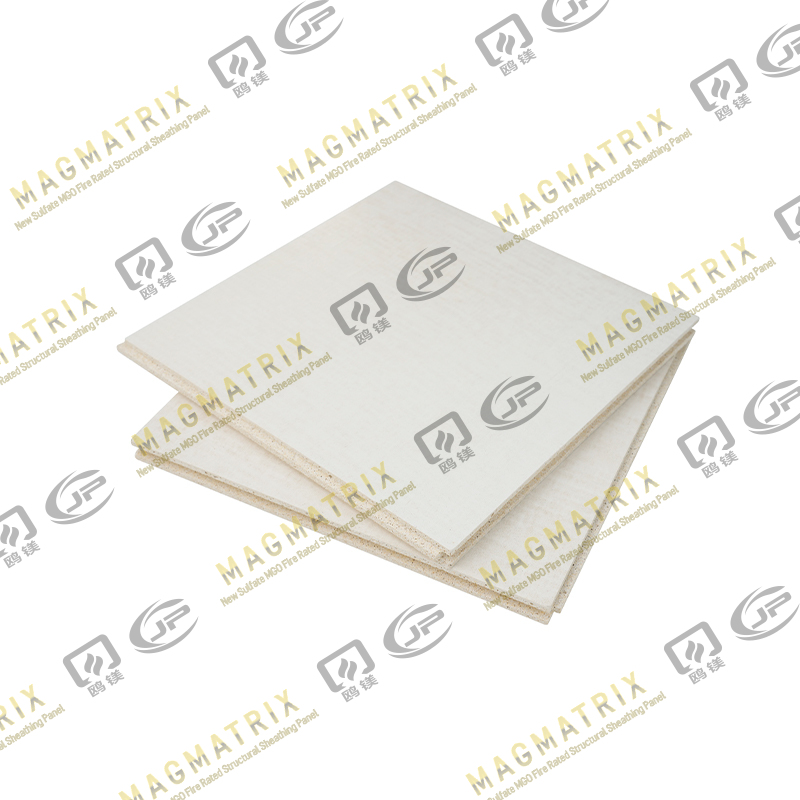When it comes to modern construction materials, MgO subfloor sheathing board has emerged as a reliable alternative to traditional plywood and cement boards. Its fire resistance, water resistance, and dimensional stability make it a popular choice among builders, architects, and DIY enthusiasts alike. However, one common question persists: Can nails or screws easily fasten MgO subfloor sheathing board? In this article, we will explore the material’s properties, the fastening challenges, best practices, and tips to ensure secure installation.
Understanding MgO Subfloor Sheathing Board
MgO subfloor sheathing board, also known as magnesium oxide board, is composed primarily of magnesium oxide, magnesium chloride, and reinforcing fibers. This composition gives it unique qualities:
- Fire resistance: Non-combustible and capable of withstanding high temperatures.
- Moisture resistance: Less prone to swelling or warping compared to plywood.
- Durability: High compressive strength, suitable for flooring under heavy loads.
- Eco-friendliness: Often considered more sustainable than traditional cement or gypsum boards.
These advantages have made MgO subfloor sheathing board a preferred option for residential, commercial, and industrial subfloor applications. However, its density and hardness can present challenges during fastening.
Nails vs. Screws: Which Works Better?
When installing subfloor sheathing, the choice of fastener is crucial. Here’s a breakdown of how nails and screws perform with MgO subfloor sheathing board:
Nails
Nails are traditionally used for wooden subfloors due to their quick installation and good holding power in wood. With MgO subfloor sheathing board:
-
Pros:
- Faster to drive into the board.
- Require less specialized equipment if using a nail gun.
-
Cons:
- Prone to popping if the board shrinks or expands slightly.
- May not provide sufficient holding power for dense, brittle materials like MgO boards.
- Risk of cracking the board if hammered directly.
Recommendation: Nails can be used, but pre-drilling may be necessary to prevent splitting. Additionally, use nails designed for concrete or composite boards for better results.
Screws
Screws, especially self-tapping or masonry screws, are often the preferred fastener for MgO subfloor sheathing boards:
-
Pros:
- Superior holding power due to threads.
- Reduced risk of fastener popping.
- Less likelihood of cracking the board when pre-drilled.
-
Cons:
- Slower to install compared to nails.
- Requires a power drill or driver, which may be more labor-intensive.
Recommendation: Use screws with a flat or bugle head to prevent surface damage. Pre-drilling pilot holes slightly smaller than the screw diameter is generally recommended for optimal installation.
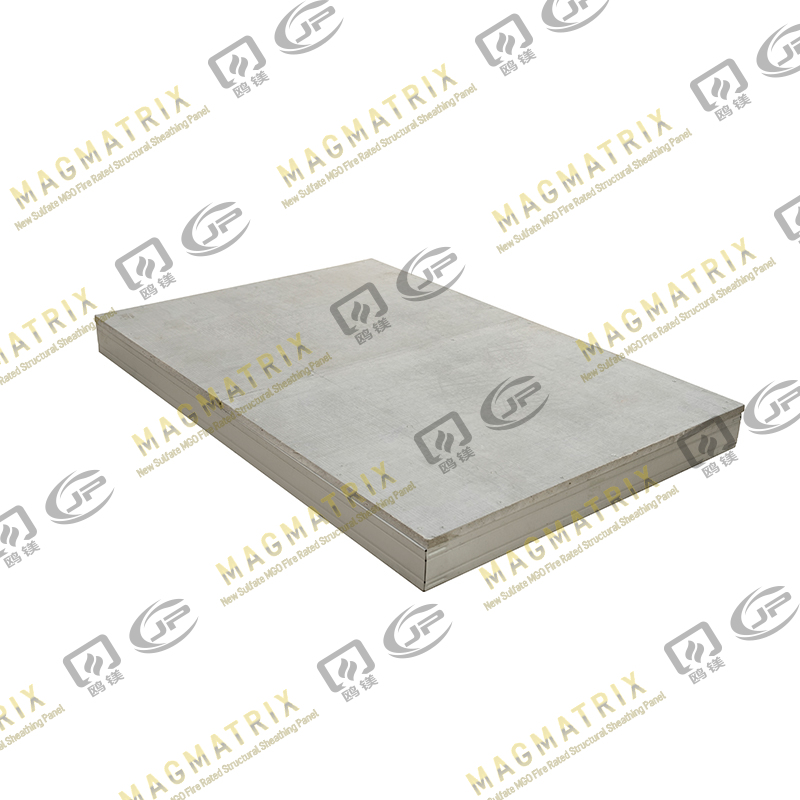
Key Factors Affecting Fastening
Several factors influence how easily nails or screws can fasten MgO subfloor sheathing board:
-
Board Thickness
- Thicker boards (≥ 12 mm) offer better screw retention but may require more effort to drive nails or screws through.
- Thin boards (< 10 mm) are prone to cracking, making careful installation essential.
-
Subfloor Material
- Wood joists are easier to fasten into than steel or concrete subfloors.
- For steel framing, self-drilling screws designed for metal are necessary.
-
Fastener Type and Length
- Nails or screws should penetrate at least 1 inch into the joist or subfloor base.
- Avoid overly long fasteners, which may split the board or protrude beneath.
-
Board Surface and Condition
- Dust, moisture, or debris on the board can affect screw penetration.
- Pre-drilling pilot holes can reduce cracking and improve alignment.
-
Tools and Equipment
- Power drills with adjustable torque settings help prevent over-tightening screws.
- Nail guns designed for composite boards make nailing faster and safer.
Best Practices for Fastening MgO Subfloor Sheathing Board
To ensure a secure and damage-free installation, follow these practical tips:
-
Pre-drill holes for screws
A pilot hole slightly smaller than the screw diameter minimizes cracking and ensures proper alignment.
-
Use the right screw type
Self-tapping or masonry screws with a flat or bugle head provide optimal holding power.
-
Maintain proper spacing
Fasteners should be spaced according to manufacturer guidelines—typically 6–8 inches along joists and 8–12 inches between rows.
-
Avoid over-tightening
Excessive torque can crack the board or strip the fastener. Adjust your drill’s torque settings accordingly.
-
Protect board edges
Keep fasteners at least ¾ inch from edges to prevent chipping or cracking.
-
Consider adhesive in combination
Construction adhesives suitable for MgO boards can enhance holding power and reduce movement.
Common Installation Challenges
Even with the right fasteners, installers may encounter these challenges:
- Cracking: Excessive force when nailing or screwing can split the board.
- Fastener pop-ups: Boards can move slightly over time, causing nails to protrude.
- Difficult penetration: Dense or fiber-reinforced boards may require pre-drilling and special screws.
- Compatibility issues: Not all fasteners work well with MgO subfloor sheathing, so verifying compatibility is essential.
Conclusion
So, can nails or screws easily fasten MgO subfloor sheathing board? The answer is yes, but with caveats. While nails may be quicker to install, screws generally offer superior holding power and reduce the risk of board damage. Success depends on selecting the right fasteners, pre-drilling when necessary, and following installation best practices.
For anyone planning to work with MgO subfloor sheathing board, understanding these nuances ensures a stable, long-lasting subfloor system. By choosing appropriate screws or nails and combining them with proper techniques, installers can enjoy the benefits of MgO boards without the common pitfalls.
 BMSC 517 New Sulfate MgO Board
BMSC 517 New Sulfate MgO Board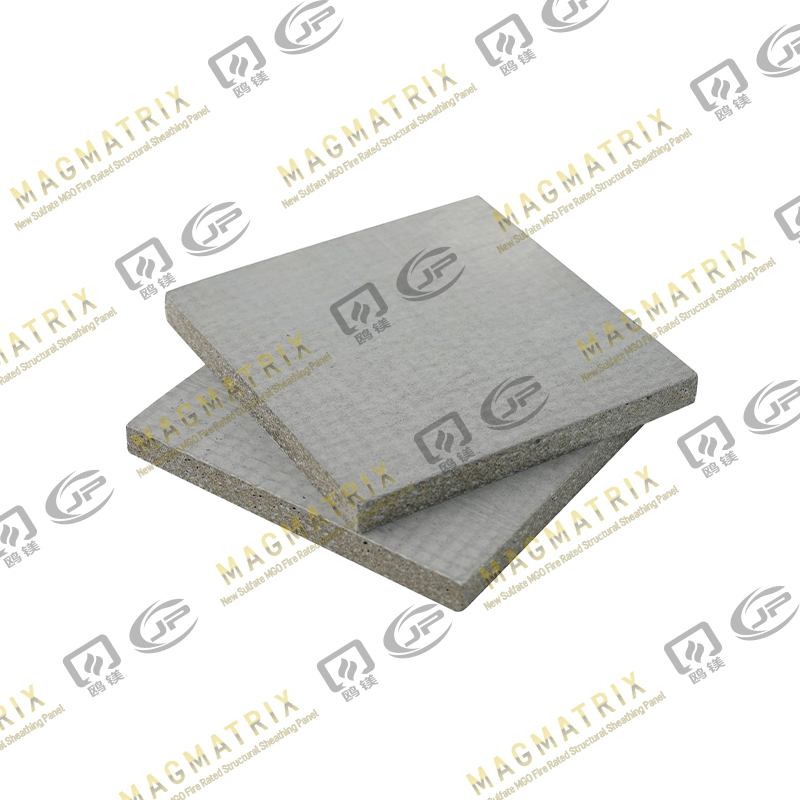 Multi-Support MgO Wall Sheathing Board
Multi-Support MgO Wall Sheathing Board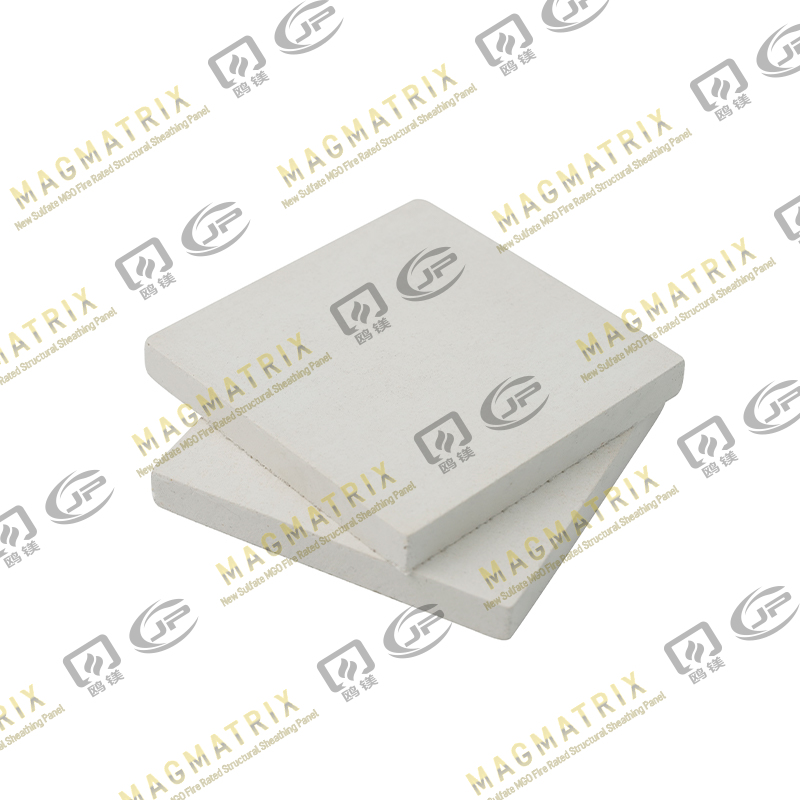 Perseverance MgO Wall Sheathing Board
Perseverance MgO Wall Sheathing Board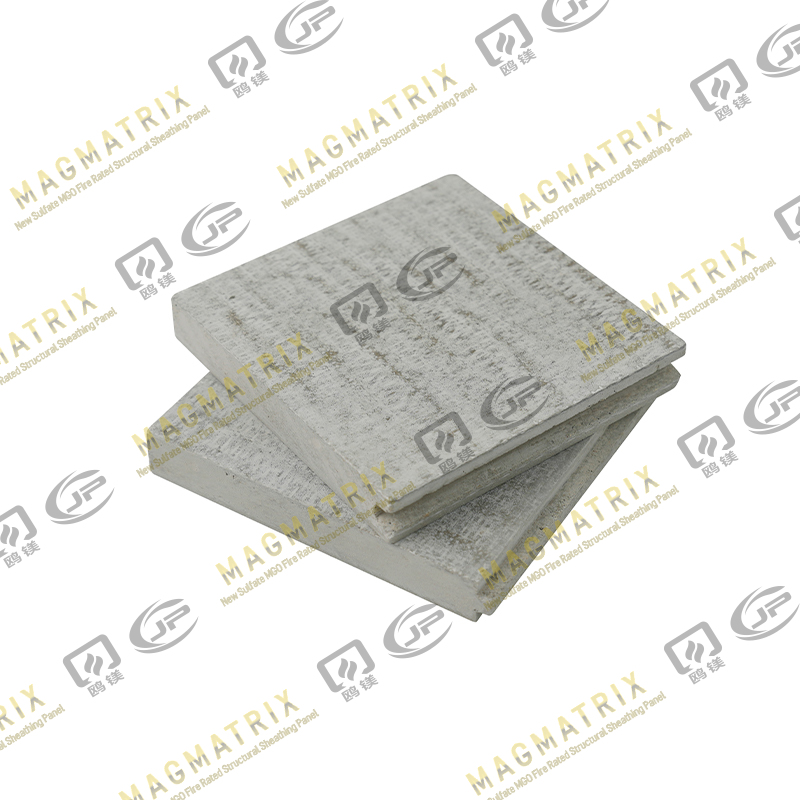 Multi-Support MgO Subfloor Sheathing Board
Multi-Support MgO Subfloor Sheathing Board Perseverance MgO Subfloor Sheathing Board
Perseverance MgO Subfloor Sheathing Board MagMatrix MgO Underlayment Panel/board
MagMatrix MgO Underlayment Panel/board


 English
English русский
русский Español
Español

